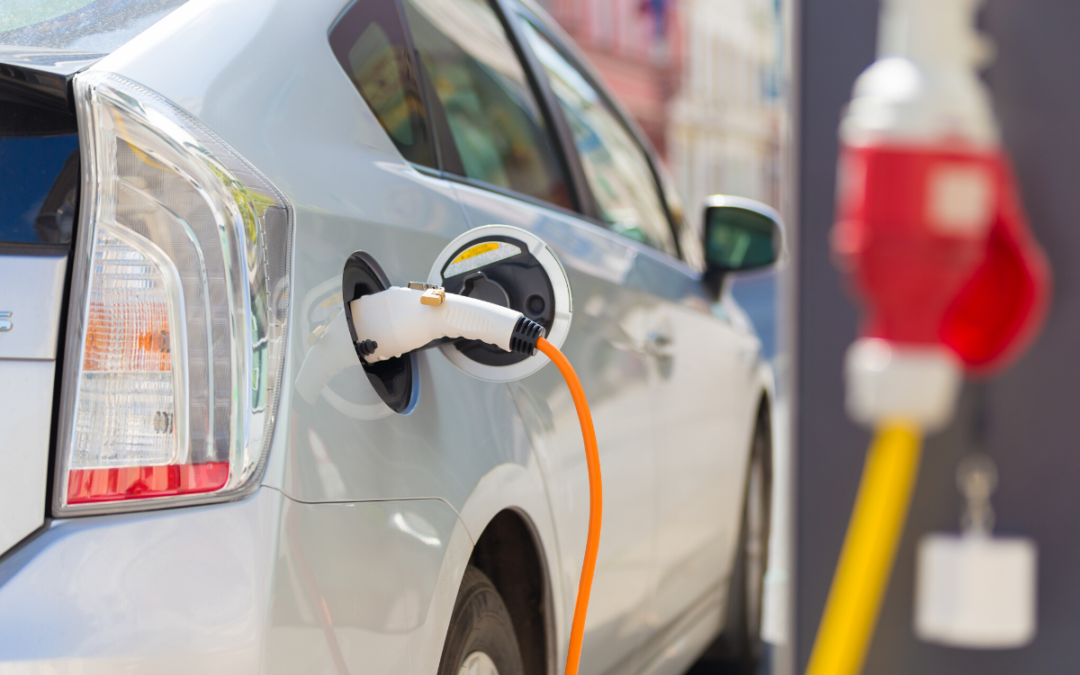A team in Ottawa recently had some success in using micro-pulsing to recharge Li-ion batteries much faster, like a full EV recharge in 5 minutes. See this article. That’s a big deal. But it switches the problem from “how fast can a battery accept a charge” to “how fast can a charging station deliver power”. There is a gold mine awaiting someone who has a good solution to that problem.
Here’s what’s going on: Lithium-ion batteries, at least the ones we have now, develop high resistance to incoming current during recharging. High resistance creates heat and heat slows the charging process even more. The trick has been to pulse-charge the batteries and actively cool them to get more power in faster, using a battery management system. The resistance recedes in the off phase, then when charging is switched back on the resistance is once again low. The Ottawa team has found a way to put in such small pulses at high power that the batteries never get into much of the high-resistance mode. That should also mitigate the need to cool the batteries. They claim a car could get a full charge in 5-10 minutes, putting it right in the range that it takes to refuel a conventional car.
Other teams are working on solid state batteries that don’t have this troublesome feature of resisting the incoming charge. They are hoping to get to similar recharge times.
But that just transfers the problem to another part of the system. We have written on this before. How must a recharge station be powered to deliver such massive amounts of power in such a short time as 5 minutes? It’s just math. If a full charge gets you 480 miles of driving, and your EV gets 3-4 miles per kilowatt-hour of charge, you will need 120-160 kWh for a recharge. To get that in five minutes, you would need to be able to provide power at the rate of 12 five minute intervals per hour times (120 to 160 kWh per 5 minutes) = 1.44 to 1.92 Megawatts per hour. To keep the thickness of the wire within reason, the current would likely need to be limited to 50 amps (the more amps, the more copper in the wire would be needed). So how many volts would be needed to deliver up to 2 MW per hour at a rate of 50 amps? Watts = Volts times Amps, ideally. So 2 million watts/50 amps = 40,000 volts. Yikes! Lots of safety systems required to prevent the average knucklehead from getting electrocuted.
More importantly, these kinds of MW-level power capacities are not found on a typical electrical distribution system and certainly not something one could put in a home. It would require tapping into the power grid closer to a substation level where 69 kV and 115 kV lines are available to prevent the instantaneous draw from recharging putting too much of a strain on the system. Or putting recharging stations near big solar farms. And there likely would need to be some serious capacitor banks to store up power for the bursts needed to deliver to the chargers. In other words, now a fast charging station is a serious piece of electrical gear that can have serious consequences for safety and for the grid that need to be dealt with.
Anyone out there got a better idea how to do this delivery part of the recharger system? If so, it could be a goldmine for you because ultrafast chargers are likely to be much in demand as the charging technology continues to improve.

ABOUT THE AUTHOR
Gary Simon is the Chair of CleanStarts Board. A seasoned energy executive and entrepreneur with 45 years of experience in business, government, and non-profits.
CleanStart Sponsors
Weintraub | Tobin, EY, Stoel Rives, Greenberg Traurig LLP
BlueTech Valley, Buchalter, Moss Adams, PowerSoft.biz
College of Engineering & Computer Science at Sacramento State


